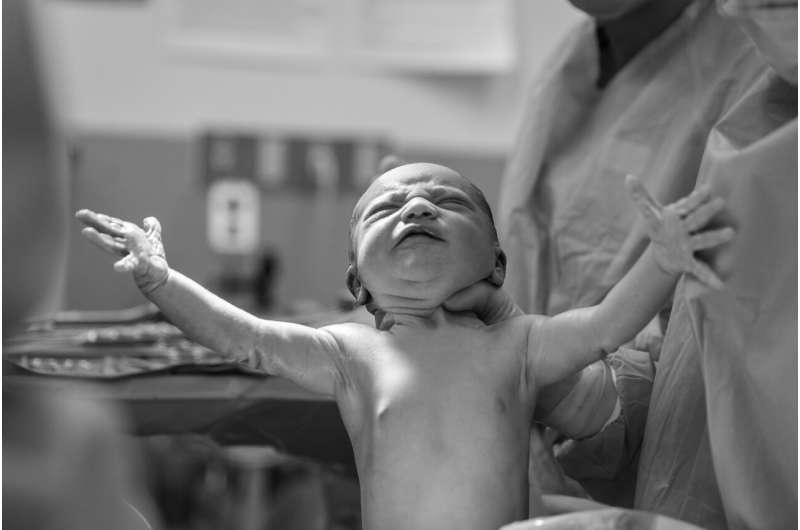Unveiling the Mysteries of Women's Bodies During Labor

Discover the critical gaps in understanding the biomechanics of women's labor and its impact on maternal health and safety. Learn why research in this area is essential for improving childbirth outcomes worldwide.
Maternal health challenges are increasingly evident worldwide, with rising rates of complications and deaths during childbirth, not only in low-income countries but also in affluent nations. The UK, for instance, has seen a concerning uptick in maternal mortality rates over the past two decades, prompting a national investigation into maternity care. While many debates focus on staffing and healthcare infrastructure, a critical yet overlooked aspect is the biomechanical processes involved in labor.
Biomechanics, the study of how the body moves and responds to physical forces, plays a vital role during pregnancy and especially during labor, which involves intense physical efforts. Surprisingly, research has barely scratched the surface; an analysis of 87 studies revealed that no research directly investigates the biomechanics of labor. The focus has been solely on pregnancy, neglecting how women's bodies physically adapt and respond during childbirth.
Understanding these biomechanical processes is essential, as they involve forces, posture, movement, muscle control, and joint dynamics. Without evidence-based insights, maternity practices often rely on tradition, anecdotal experience, or outdated assumptions. This lack of scientific validation extends to common interventions like squatting or the McRoberts maneuver, which have never been biomechanically tested during actual labor.
Furthermore, significant gaps exist around individual variability. Different women experience pregnancy and labor uniquely, with variations influenced by ethnicity, pelvic structure, joint mobility, and movement patterns. Sadly, most research ignores these differences, which is problematic given disparities in maternal outcomes—ethnic minority women, particularly Black and Asian women, face a much higher risk of complications and death.
The scarcity of biomechanical data also impacts emergency interventions and routine practices, which may be based on untested theories. This results in a reliance on outdated protocols that may not always optimize safety or effectiveness. Advances in technology offer opportunities to develop new tools and methods to better understand labor biomechanics.
The neglect stems largely from structural issues within healthcare research, where women's health has historically been underfunded and overlooked. This has led to a gap that endangers safety, perpetuates inequalities, and hampers progress. Filling this gap is crucial; understanding the biomechanics of childbirth could revolutionize care, reduce risks, and ensure more equitable outcomes for all women.
In summary, the scientific community's limited focus on the biomechanical aspects of labor represents a significant oversight. Addressing this gap could be a game-changer in improving maternal safety and advancing gender-specific research.
Stay Updated with Mia's Feed
Get the latest health & wellness insights delivered straight to your inbox.
Related Articles
Elite Soccer Players Excel in Precision Trapping Techniques to Maintain Momentum
A new study reveals techniques used by elite soccer players to perform precise ball-trapping maneuvers, enabling smooth directional changes and improved ball control during gameplay.
Innovative AI Technique Accelerates Discovery of Therapeutic Antibodies for Pandemic Readiness
Researchers at Scripps Research have developed a rapid AI-driven method to identify therapeutic antibodies, enhancing pandemic preparedness by accelerating the development of treatments for infectious diseases.



